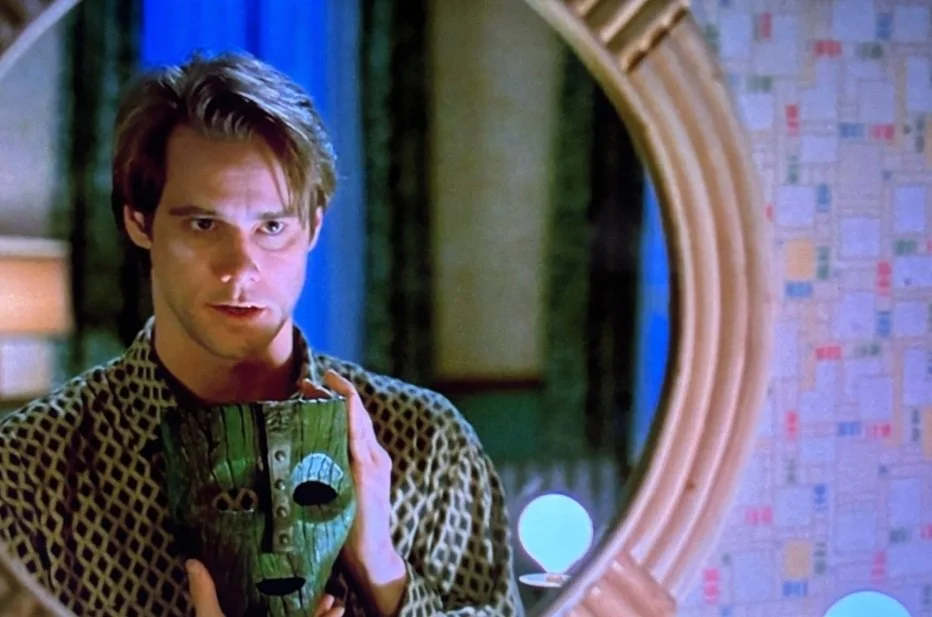“The Mask”, featuring Jim Carrey, is a great movie that illustrates what the Enneagram types are like: masks (or personas) we don until we become so “fused” with them that we forget our true selves. Read this blog to learn about your mask!
The Nine Types of the Enneagram
Which Ax Are You?
3 Ways to Calm Your Nervous System as a Highly Sensitive Person (HSP)
Designing a Healing Space: How HSPs Can Create a Safe Haven at Home
How to Set Boundaries over the Holidays
Counterdependence: Why It's Hard to Ask for Help (and How to Heal)
3 Lessons Plants Taught Me
Two Quick Tips to Be Assertive
Concentric Circles of Connection
How to Have Great Conversations
Juggling Too Many Balls? Which to Keep and Which to Drop
Reverse Bucket List: Recording Wins to Build Momentum
Bridge Exercise: Escaping "Stuckness"
Power of Perspective: Cycle or Spiral?
You may feel sometimes like you’re going in circles - expending so much energy, time, and resources to change, only to find yourself in the same place all over again. As more time goes on, you feel like the future is bleak - what’s the point of trying, if it’s going to be the same? Perhaps what’s the issue is not what’s happening but how you perceive what’s happening. What if you ARE actually changing?




























